Not just iPhones: How homes are already shifting their energy demands

A number of iPhone owners recently took to social media to complain about a change in the cellphone’s latest software update: Unless you turn the program off, a “clean energy charging” function will shift the time when your phone charges — to minimize stress on the electricity grid and reduce the planet-warming carbon emissions that come from charging during times of high demand.
“Smart charging” phones are just one piece of a larger shift that’s coming to products large and small. Already, consumers are buying electronics, from cars to refrigerators, that can adjust their electricity usage to help grid operators manage demand and reduce reliance on fossil fuels, and the trend is going to grow in the years ahead, according to experts.
“There’s a whole list of other appliances that are in all of our homes that, every month, seem to get smarter and smarter and smarter,” Mark Dyson, managing director of the Carbon-Free Electricity program at the Colorado-based think tank RMI, told Yahoo News, noting the appliances that can now, like phones and cars, optimize their use of electricity.

Each cellphone accounts for a tiny percentage — the Washington Post puts it at about 0.1% —of the typical household’s electricity demand, but much bigger devices with heavier electricity loads are heading in the same direction as iPhones. Electric vehicles are already able to shift their charging times if they are enrolled in a utility-based program to cut electricity usage at peak times, which is known as “demand-response.” New water heaters, electric heat pumps and refrigerators are increasingly capable of being paired with such programs as well.
This could make a big difference in emissions, because the time in which you use electricity affects how much emissions it produces — and it will matter even more as the grid becomes increasingly based on renewable sources like wind and solar energy.
Wind and solar energy production fluctuates based on weather conditions and time of day, meaning that even heavily renewable grids like California’s have to turn on coal or gas power plants to meet demand at times when the need is high but renewable supply is low, like in the prime evening hours. If demand spikes faster than supply can ramp up to meet it, there is a risk of blackouts. That’s why blackouts occur most often during the summer, when air conditioning places a larger burden on the grid.
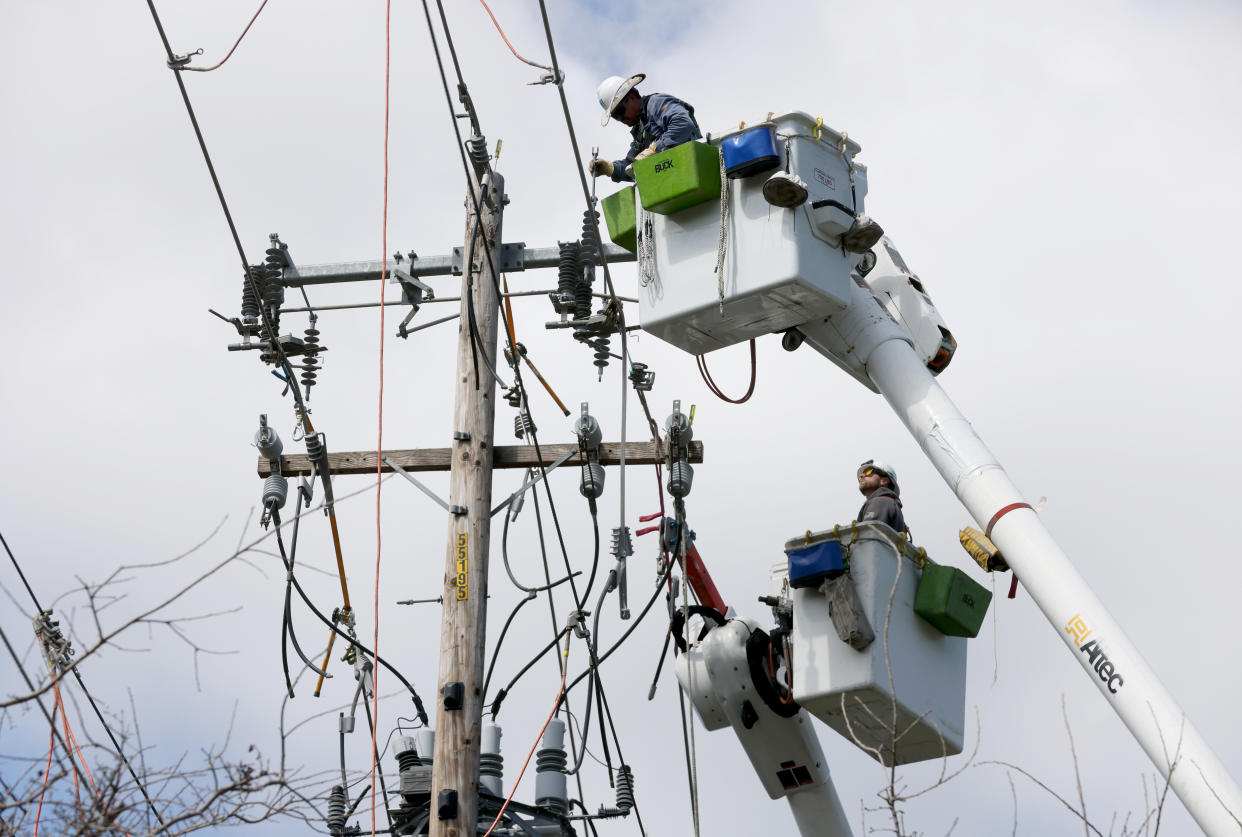
Apple did not respond to a request for comment, but from public statements, it appears that iPhones charge more when energy production is cleanest — based on forecasts of solar and wind energy production — or when energy demand is lower. For example, a Washington Post reporter observed that his iPhone charging “appears to ramp up after 9 p.m., just after peak [demand] hours pass in California.”
But other devices don’t have to rely on estimates, because they can be fully integrated with the electric utility’s own information.
The biggest example — literally and figuratively — is electric vehicles.
“EVs are basically giant iPhones on wheels and use hundreds of times more electricity, and because of that, stand to benefit both consumers and the grid hundreds of times more than an iPhone, if there’s some flexibility in when that EV charges,” Dyson noted. “Almost every EV sold in the world already has the software in its onboard computers to optimize for costs, for emissions, for utility needs.”
Dyson’s own EV, a Ford Mustang Mach-E, is enrolled in his electric utility Xcel Energy’s “Charging Perks” program, which shifts car charging to periods when renewable energy production is highest. All Dyson had to do was click a button on the Xcel website to enroll in the program, for which he received a gift card as an incentive to participate.
“I plug it in as soon as I get home and I leave the next day, and it has automatically chosen to charge when the wind is blowing the hardest in Colorado,” he said.
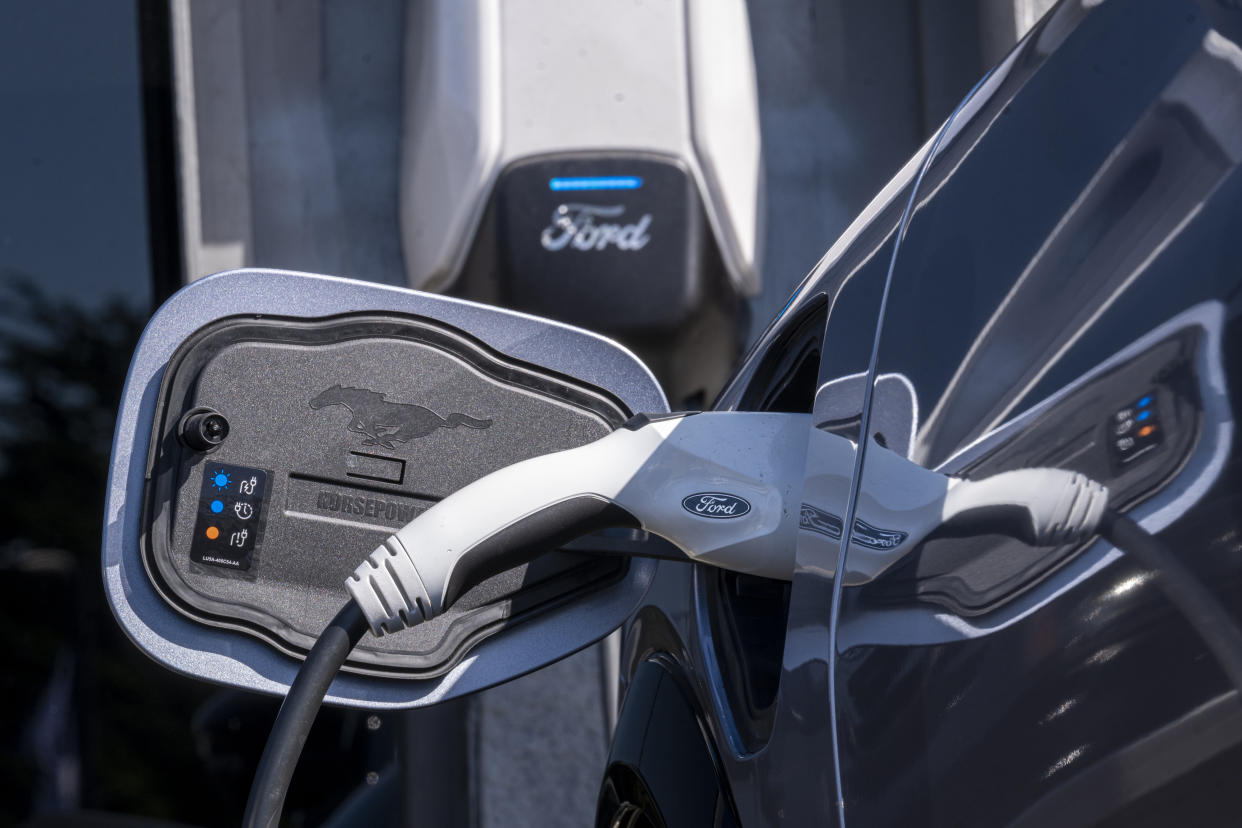
Last October, Google released Nest Renew, a service for Nest thermostats that enables a house to adjust its heating or cooling slightly to rely more on clean energy. This is relatively easy, since heating and cooling programs are always cycling on and off anyway. If a customer activates Nest Renew’s “Energy Shift” function, it will automatically raise the temperature setting slightly for brief periods during peak demand on hot days and briefly lower it slightly on cold days.
“Nest Renew does exactly the same thing [as the iPhone], but with thermostats,” Dyson said.
“Since 2011, Nest thermostats have saved over 80 billion kWh of energy — enough to power 23 million electric cars for a year,” Google spokesperson Laura Breen told Yahoo News in an email. Over a yearlong early preview period, Nest Renew shifted 20 million hours of heating and cooling, Breen said, but she declined to reveal how many users were involved in the preview.
The initiatives are not just about lowering one’s carbon footprint and helping to avoid blackouts; they also often save consumers money. In many areas, utilities are incentivizing this kind of time shifting by offering “time-variable pricing” in which the price fluctuates with demand. Customers who opt for such pricing plans and adjust their energy use — for example by running the dishwasher and washer/dryer in the middle of the night — can lower their electricity bills. Residents can do the same thing by manually adjusting their thermostat, too, but a smart device can stock up on cold air during hours when there is lower demand.
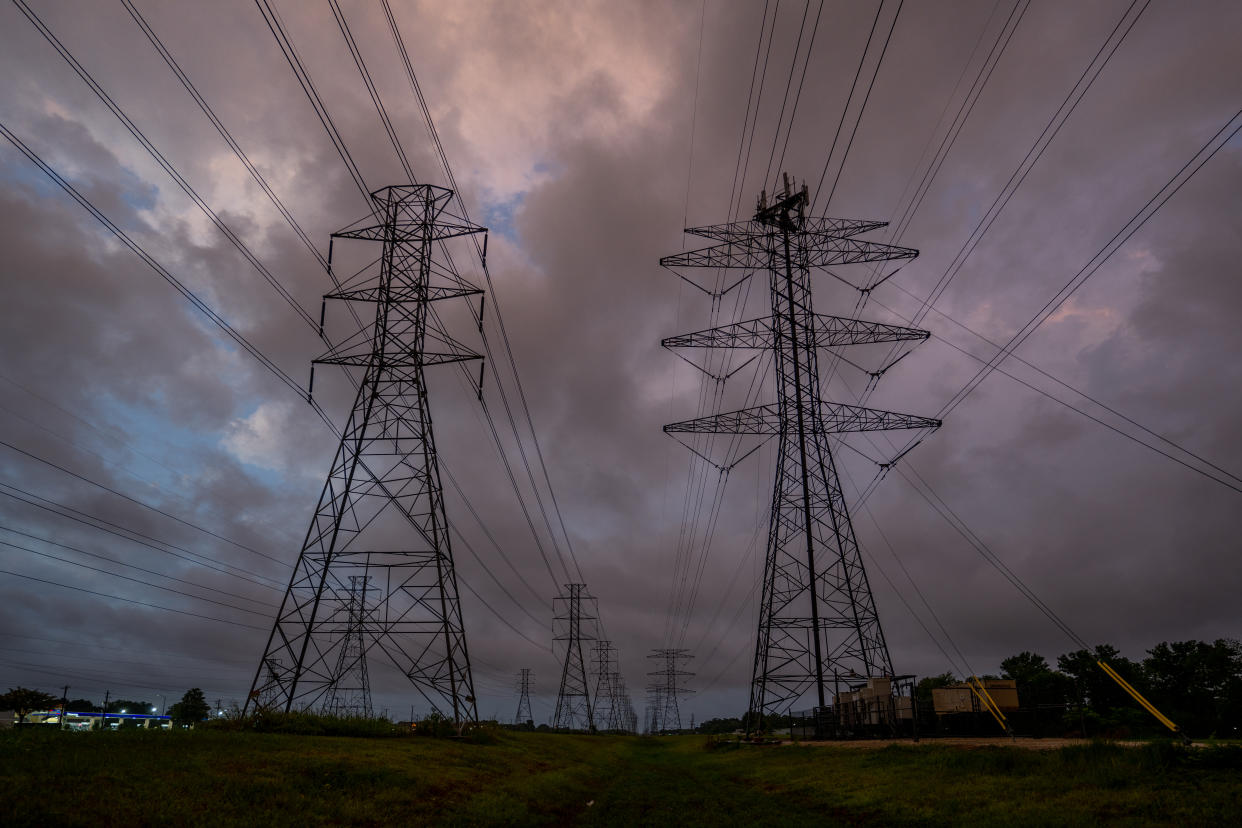
“When temperatures increase in places like Texas or the Southeast or California, prices for electricity and emissions from electricity closely track outdoor temperature,” Dyson explained. “As it gets hotter and hotter, electricity gets more and more expensive and dirtier and dirtier."
What a service like Nest Renew can essentially do, he explains, is forecast the temperature and the impact that it will have on electricity demand, cleanliness and pricing — and turn on an air conditioner a little early, and possibly a little bit colder than it would otherwise turn on that day.
"So your house maybe gets a little cooler at like noon," he said, "and then it can ride through that 3 o’clock peak of heat without turning the compressor on as much." That can save money and carbon.
New services, some offered through utilities, are making such programs available to people who do not want to pay the subscription fees to Google Nest. OhmConnect, the largest company doing this, calls itself “a virtual power plant” and pays customers for reducing their energy use at key times when the grid is dirty and over-burdened. The company says it has more than 200,000 customers enrolled in energy reduction programs. (Other companies in this space include Octopus Energy and Silicon Valley Clean Energy.)
Last year, OhmConnect paid more than $5 million in cash to customers and says its customers save 5% to 10% in energy use on average. The company makes money by bundling its energy-use reductions and selling them to grid operators that are trying to minimize demand at key times, to avoid turning on a coal or gas plant. It’s like a solar farm, but rather than sell clean energy, it sells reductions in the demand for dirty energy.
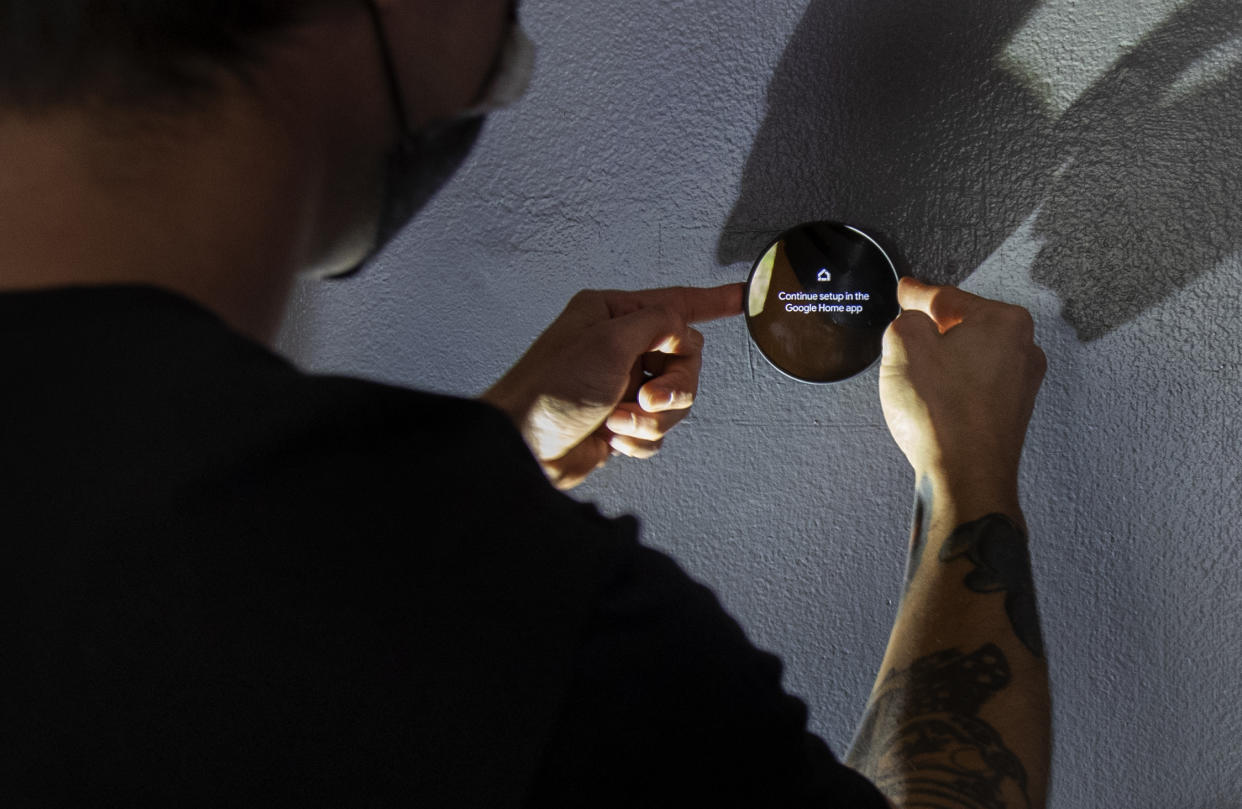
“OhmConnect actually integrates directly into many of the devices and appliances that are already in homes,” OhmConnect CEO Cisco DeVries told Yahoo News. Many new appliances are “smart,” meaning that they can connect to the internet and be managed via an app. Any smart device that cycles off and on to maintain an average temperature can minimize usage by shifting its timing or temperature to reduce peak-time usage.
Meanwhile, devices that are not “smart,” say, a vintage lamp, can be made smarter by adding a “smart plug” between it and an outlet. Lamps, however, don’t cycle off and on. So the way a smart plug works is that when electricity demand rises, the lamp will turn off. If you want to turn it back on, you can, and it will stay on, but it ensures that if you absent-mindedly leave the lights on when you’re not even in a room, they won’t use electricity when it’s dirtiest or most expensive.
Individual lamps are not big electricity consumers, but residential and commercial lighting accounted for 7% of U.S. electricity use from those sectors in 2022, according to the U.S. Energy Information Administration.
“Lots of lamps over lots of space does add up,” DeVries said. “And the other thing is, your light turning off saves a little bit of energy, but it also is a little reminder that this is a very busy time for the grid, and maybe you shouldn’t do your laundry right now.”
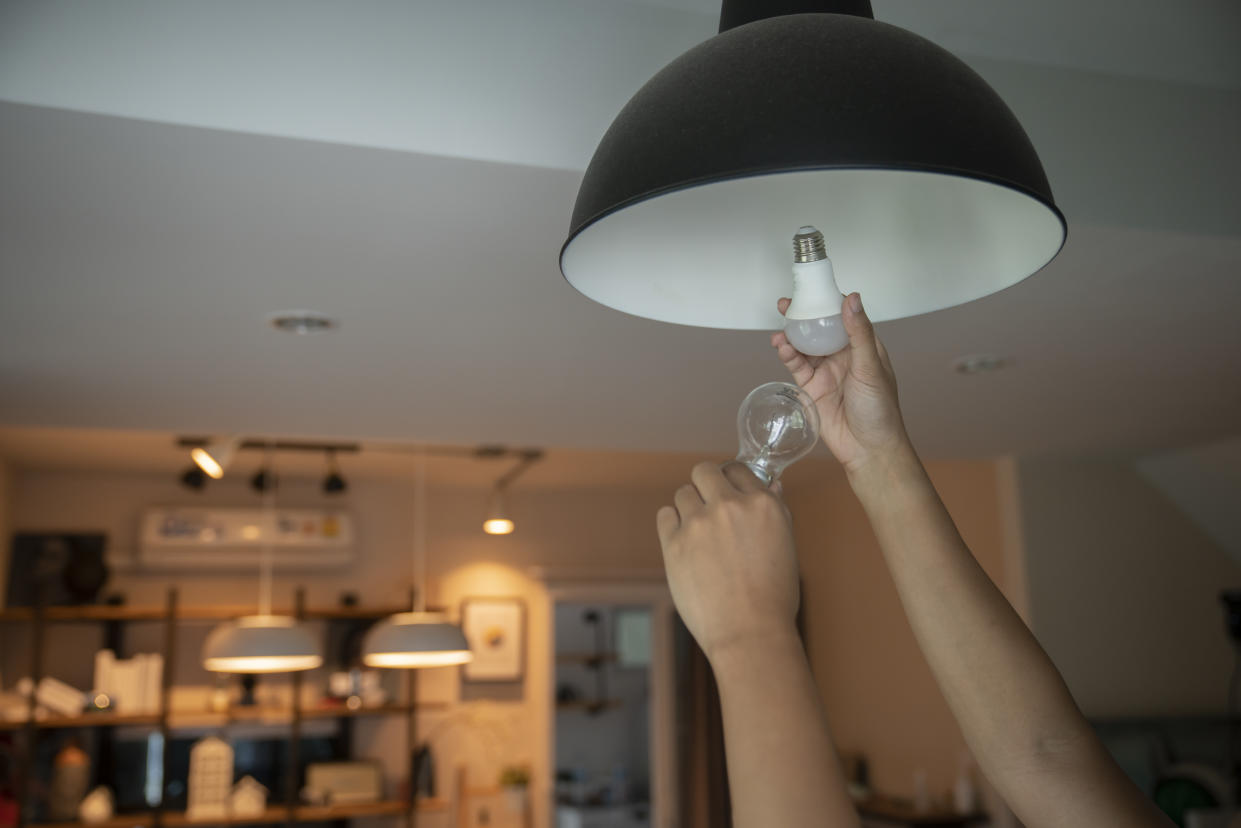
Manufacturers of large appliances can also embed this technology into a product, so that it can manage electricity loads without even needing a company like OhmConnect to do it. LG refrigerators now come preloaded with the “demand response” capability to shift electricity usage away from high-volume times. LG also makes a washer and dryer that electronically senses load size and adjusts to save electricity on smaller loads. Although window air conditioners can’t be controlled by a Nest thermostat in the way central air conditioning can, smart air conditioners, like one manufactured by Hisense, can now be paired with services from companies like OhmConnect.
Beyond that, the next wave of advanced electronics will be appliances like electric induction cooking ranges that come with a built-in battery, to avoid the need for upgrading an outlet from 120 to 240 volts. Such electricity upgrades can cost thousands of dollars.
“This is one of our best shots to decarbonize existing buildings,” the Washington Post climate advice columnist Michael J. Coren wrote on Tuesday, as he discussed how to make the switch from fossil fuel-powered appliances like gas stoves more affordable. Batteries could also work seamlessly with demand-response programs by storing energy drawn at clean hours and deploying it when dirtier energy would otherwise be used.
A California law passed in 2019 will gradually require some appliances, such as air conditioners, to have “smart” capabilities to manage electricity usage.
“I think a few years from now, the notion that your devices will have an automatic adjustment based on current grid conditions and the cost of energy to you will be commonplace,” DeVries predicted.



